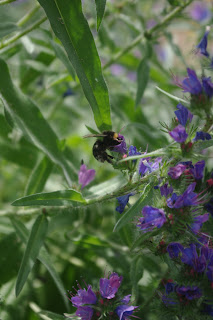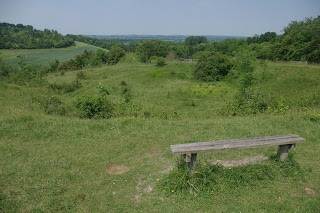How to get to the middle of nowhere by public transport is a recurring theme in this diary. Most public transport runs to somewhere the public wants to go. But even so there are possibilities, generally a train then a bus to somewhere remote then start walking. Or in this case a train and a ferry.
I took the train to King's Lyn then the little foot ferry across the River Great Ouse to West Lyn where the coast path leads to the Wash. This broad bay between Norfolk and Lincolnshire is the estuary of four rivers: the aforementioned Ouse, the Witham, Welland and Nene.
The coast past follows an earthen sea wall. On the land side are the flat and fertile Fenland fields, agriculture made possible by extensive drainage. Looking towards the sea is a panoramic vista of mudflats, salt marshes, sand dunes, shingle banks and lagoons. The sea itself is the thin line of the horizon.
Britain is a small island and there are not many places where one gets a sense of vast empty space where land, sea and sky merge. I've sometimes said there is no true wilderness in the UK, even our wilder regions have been shaped by human activity. Arguably the Wash is indeed a wilderness.







































